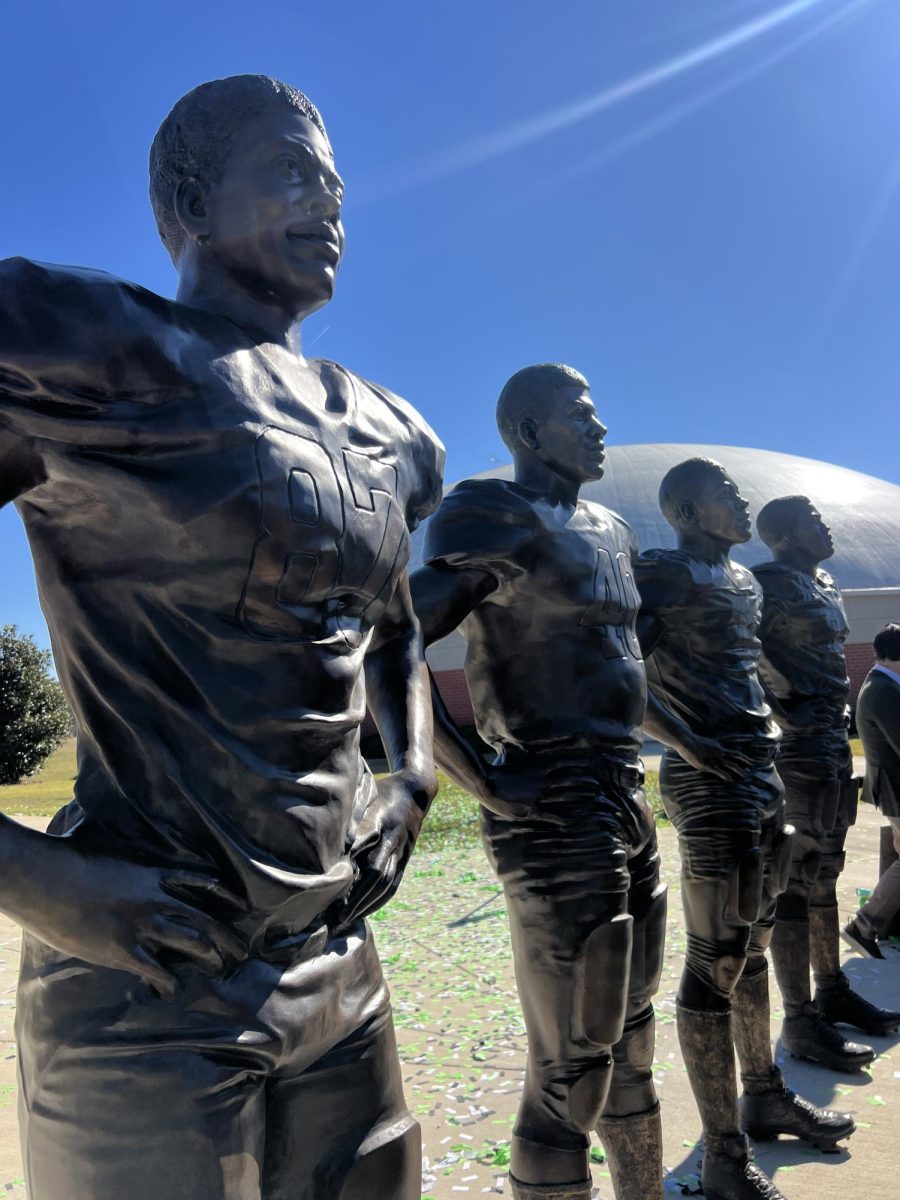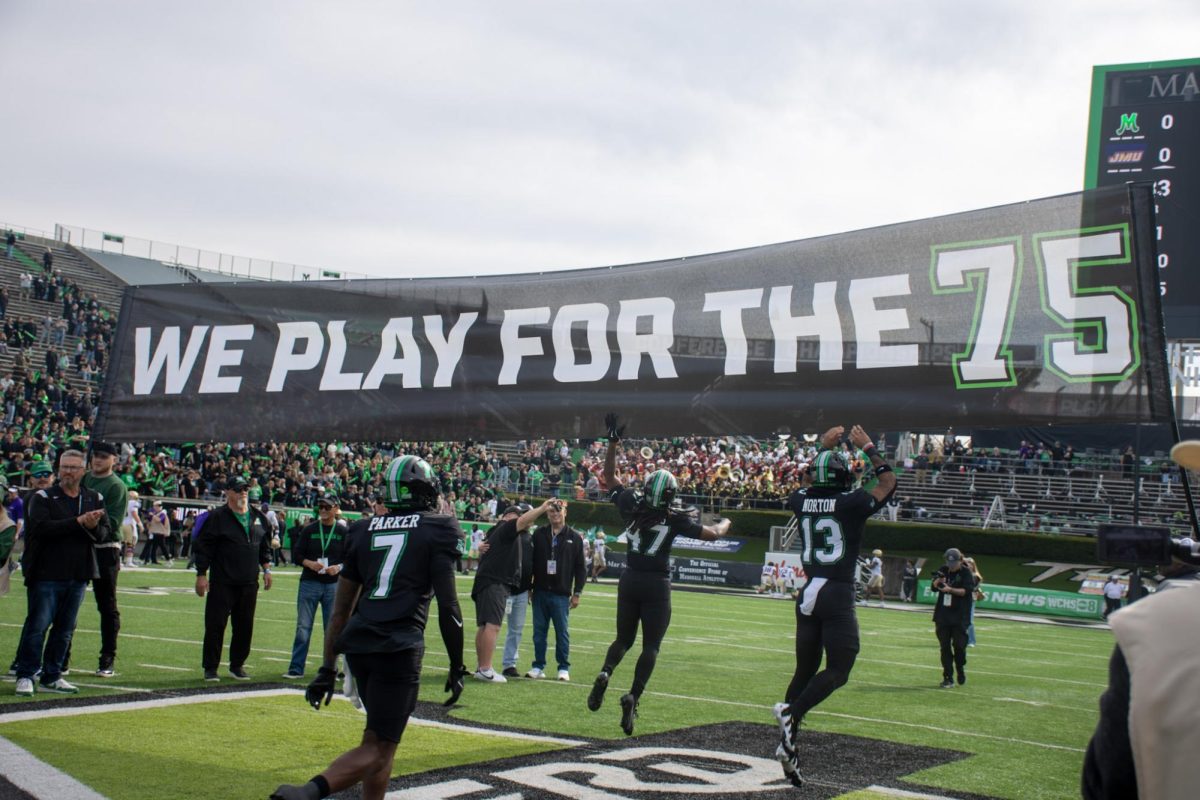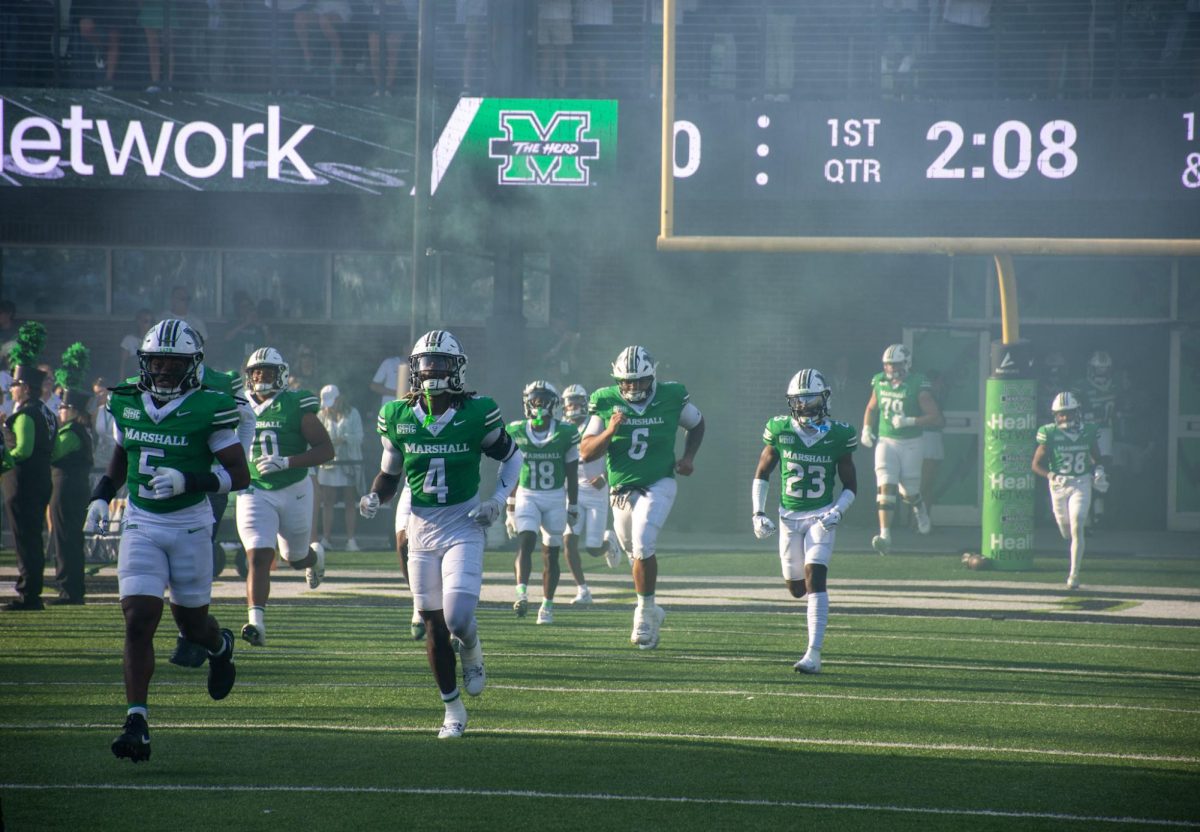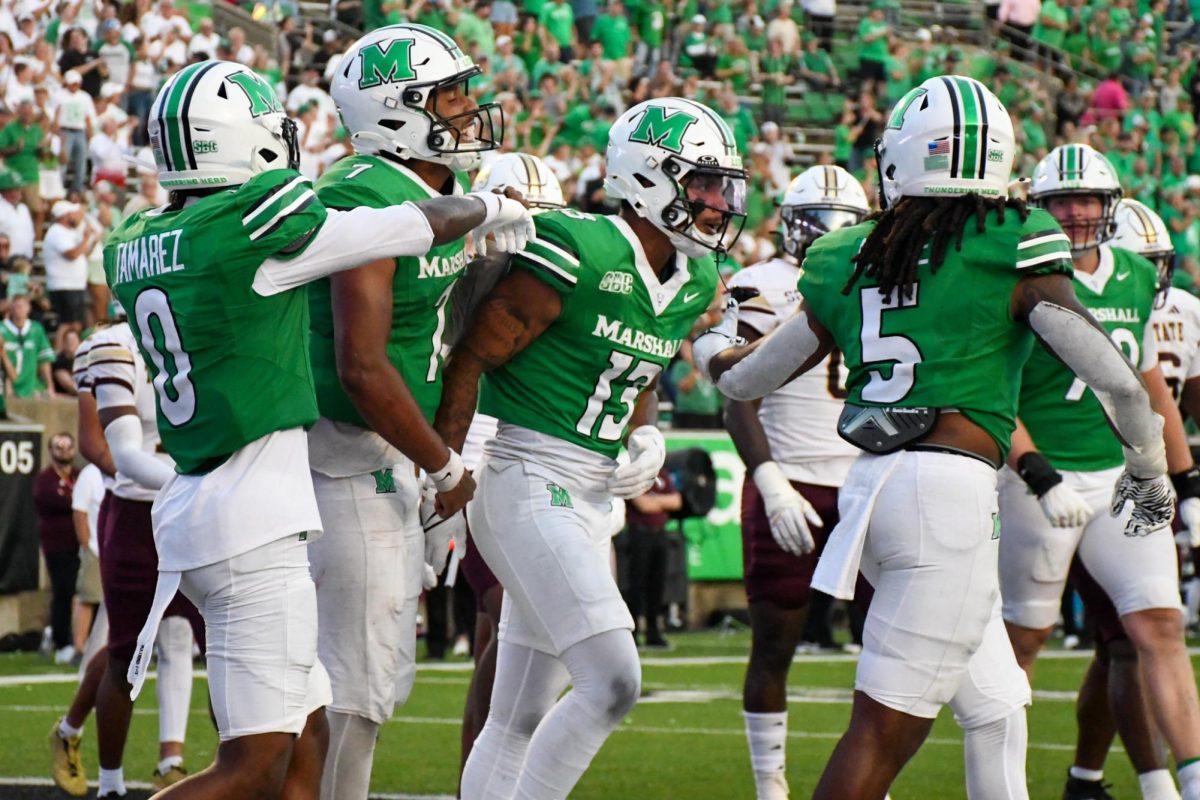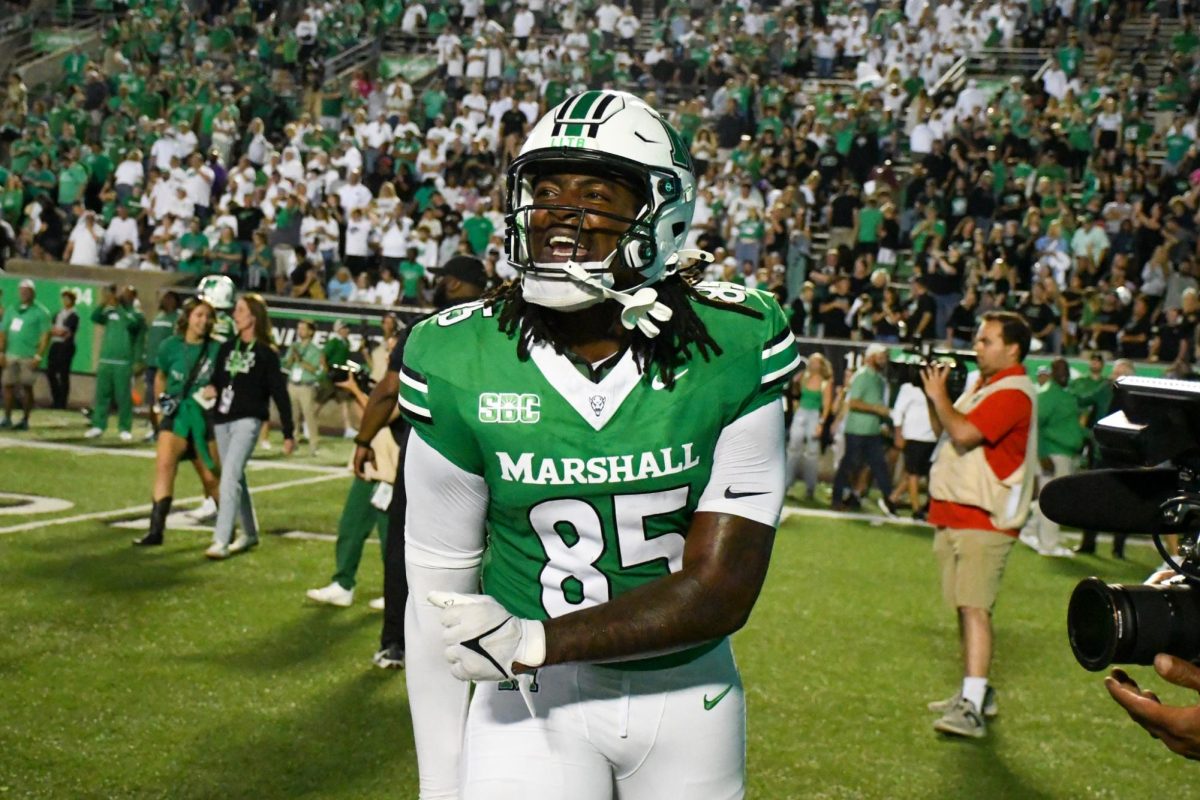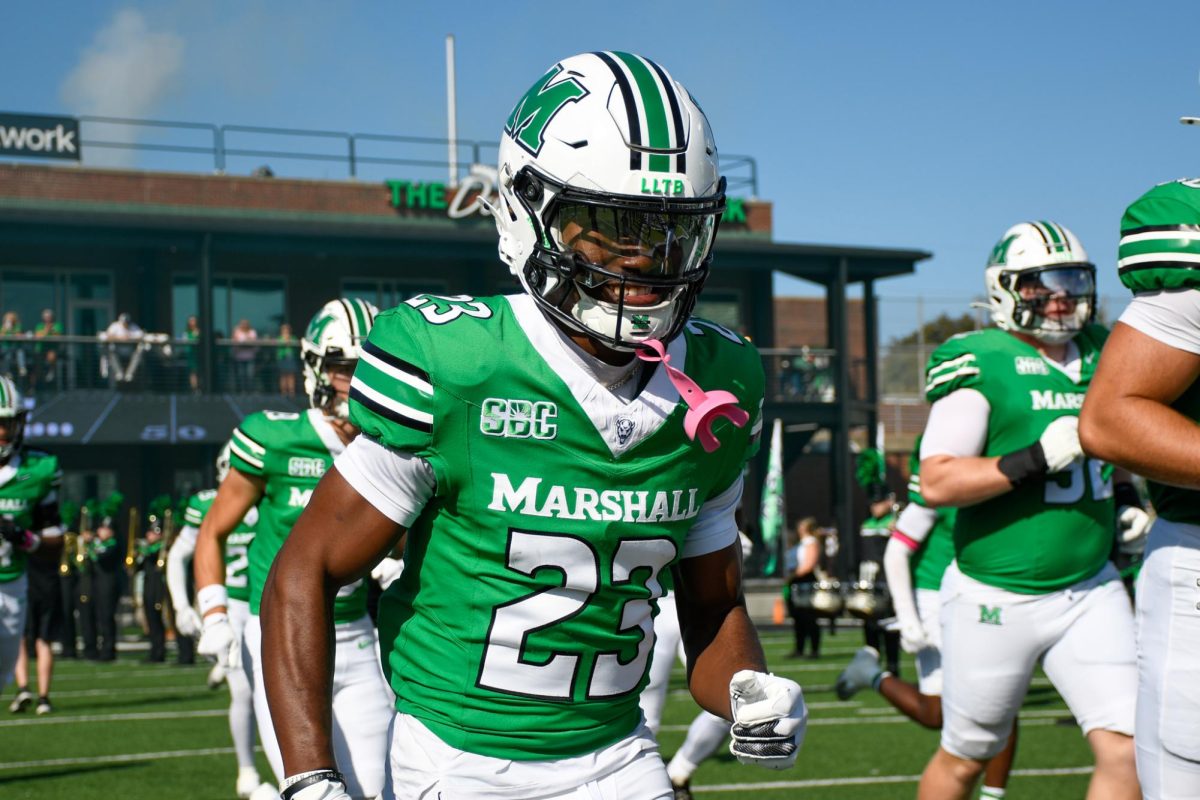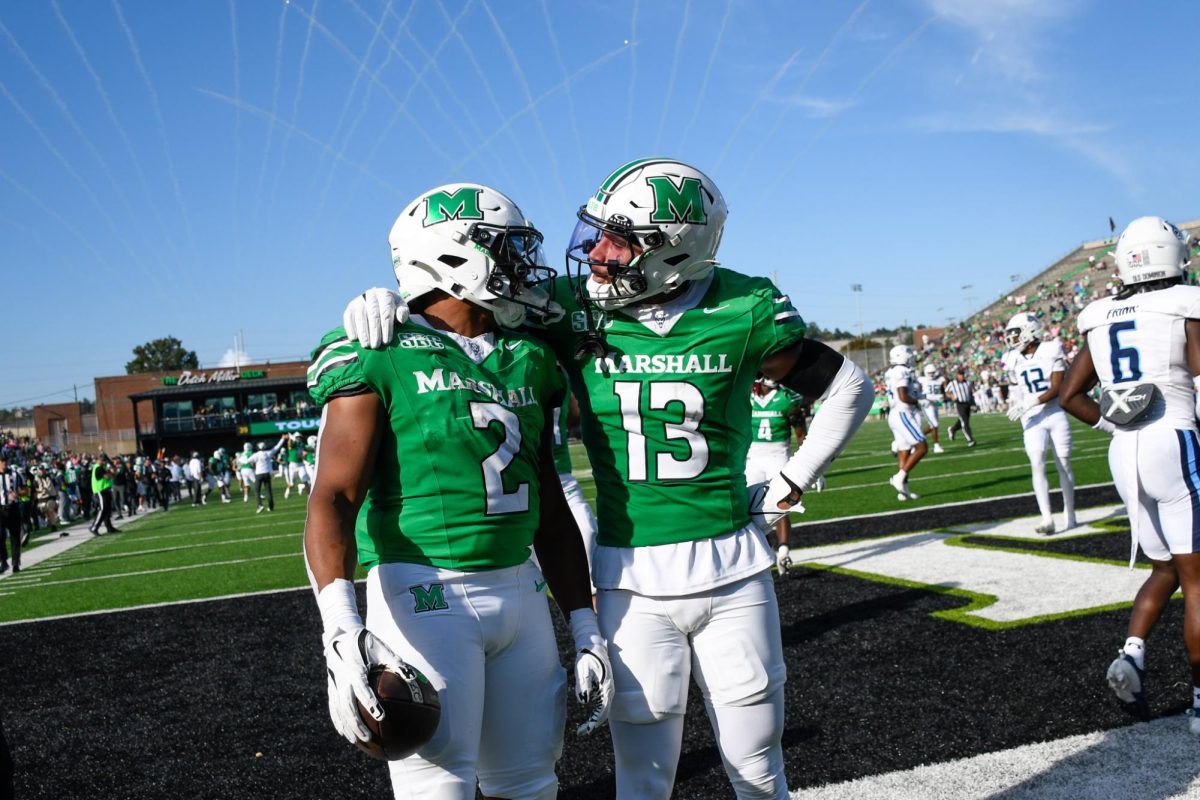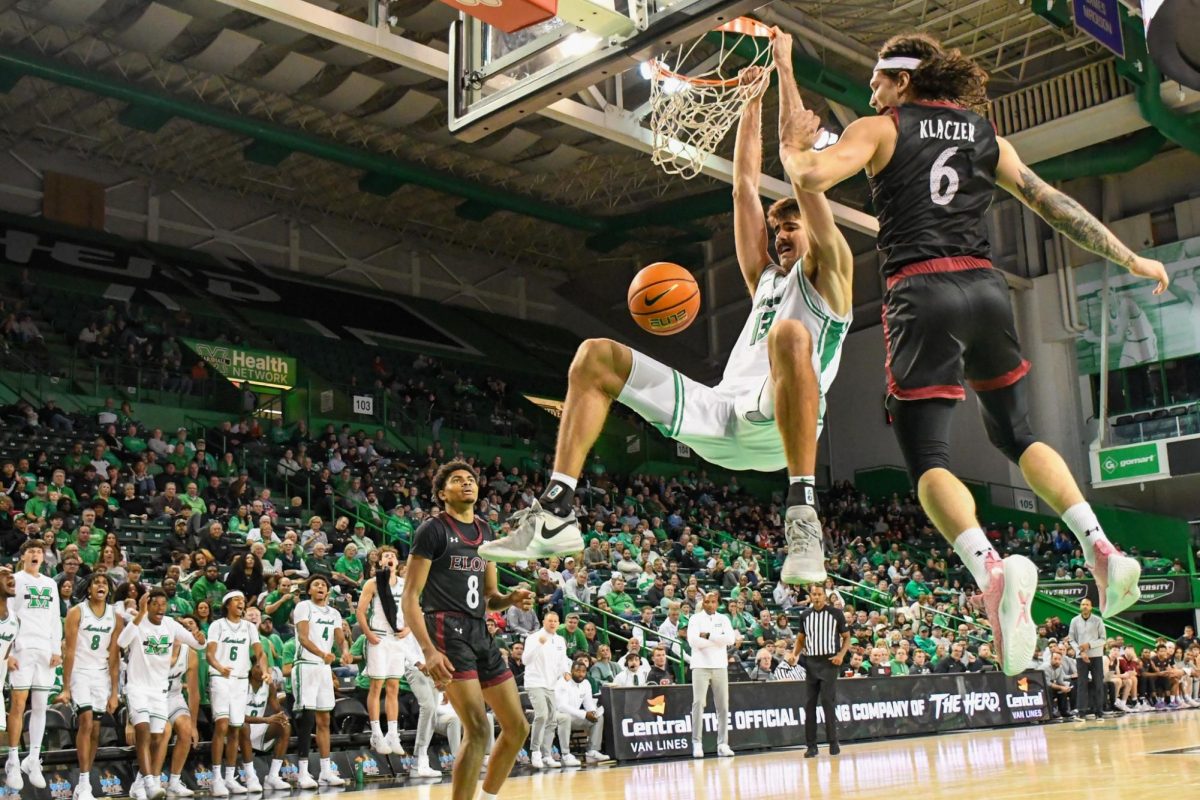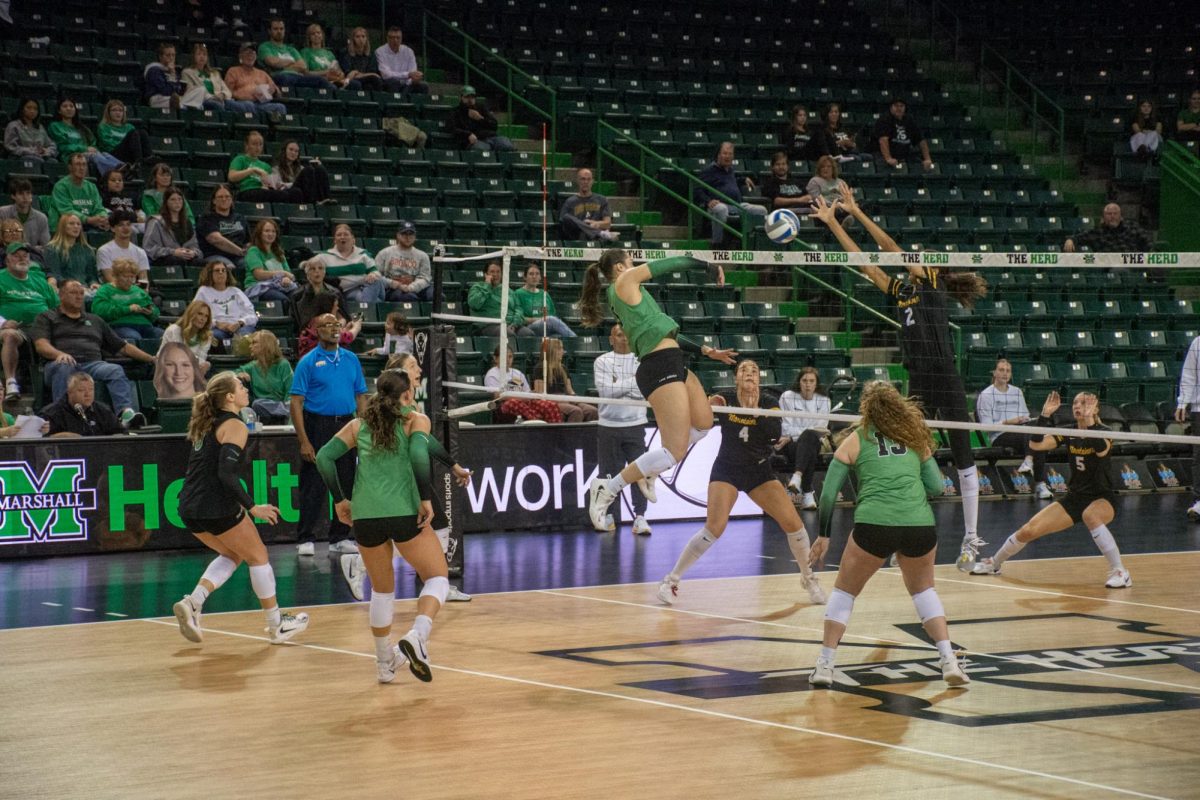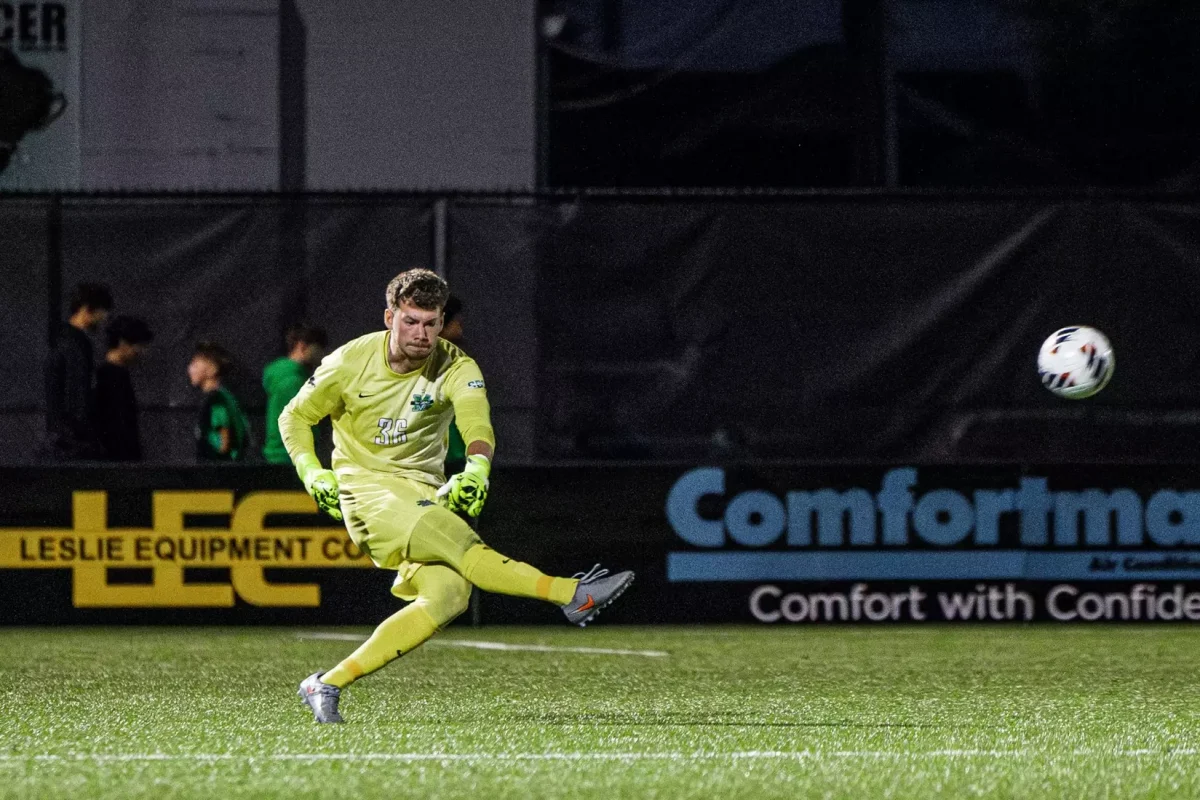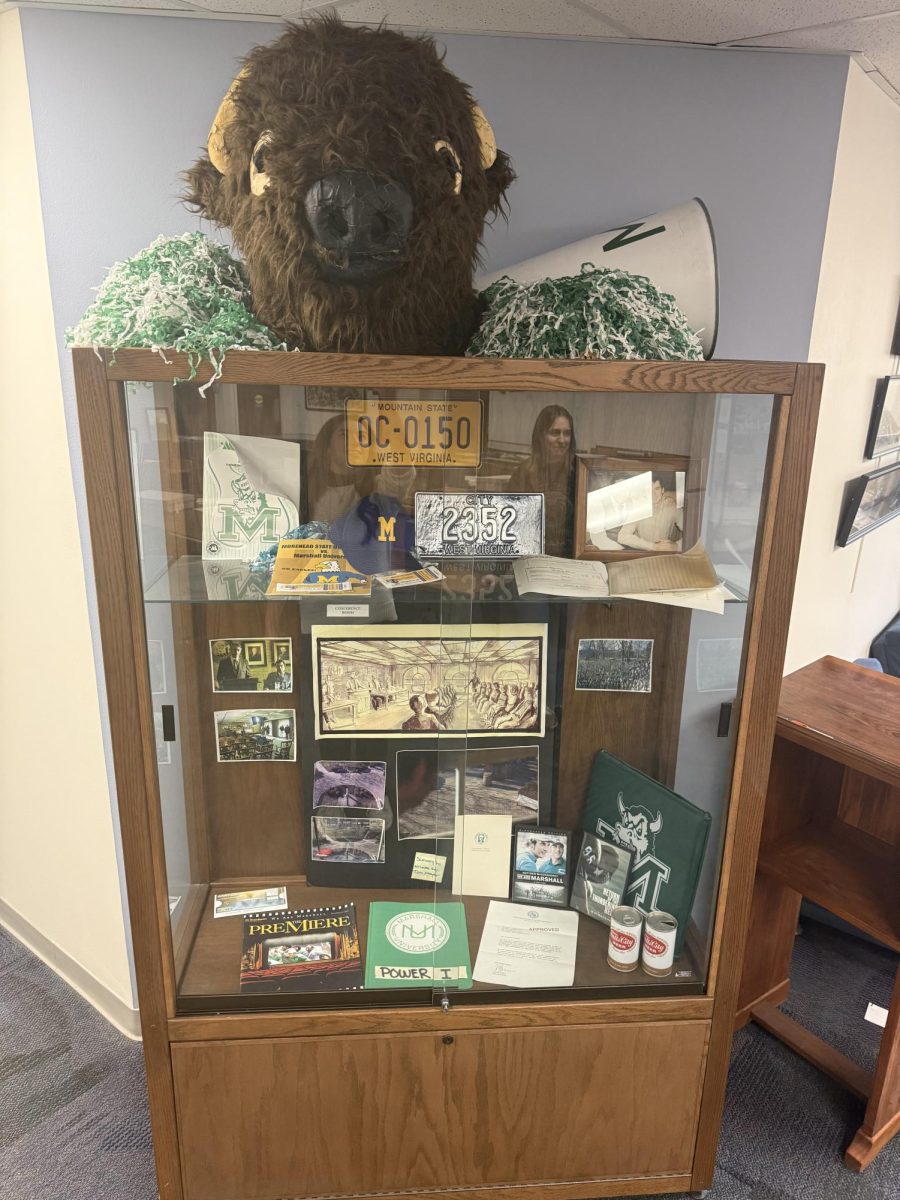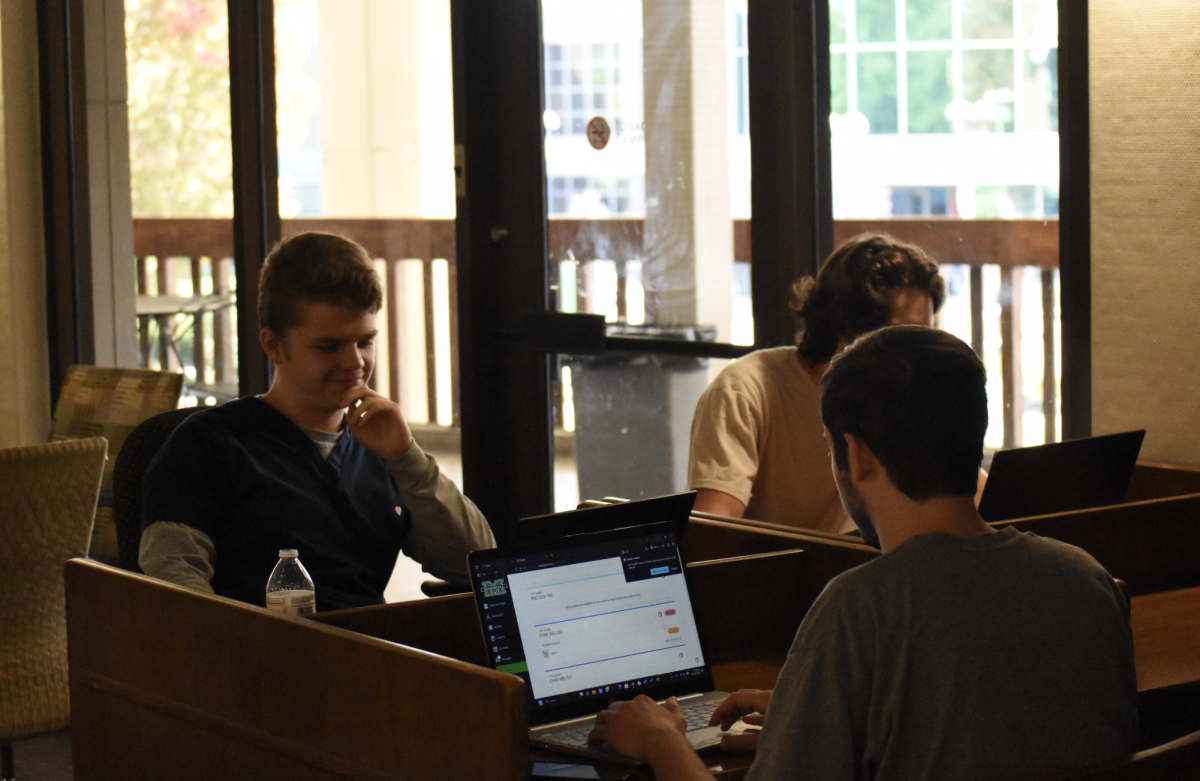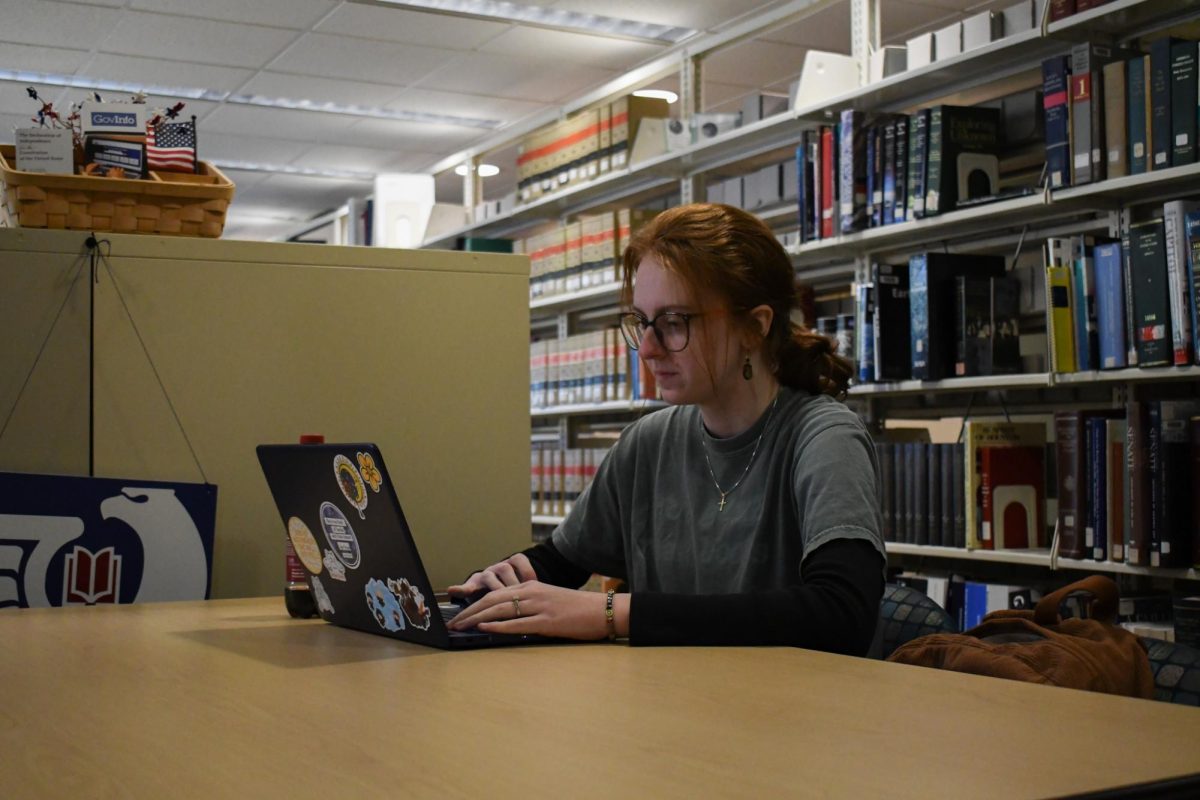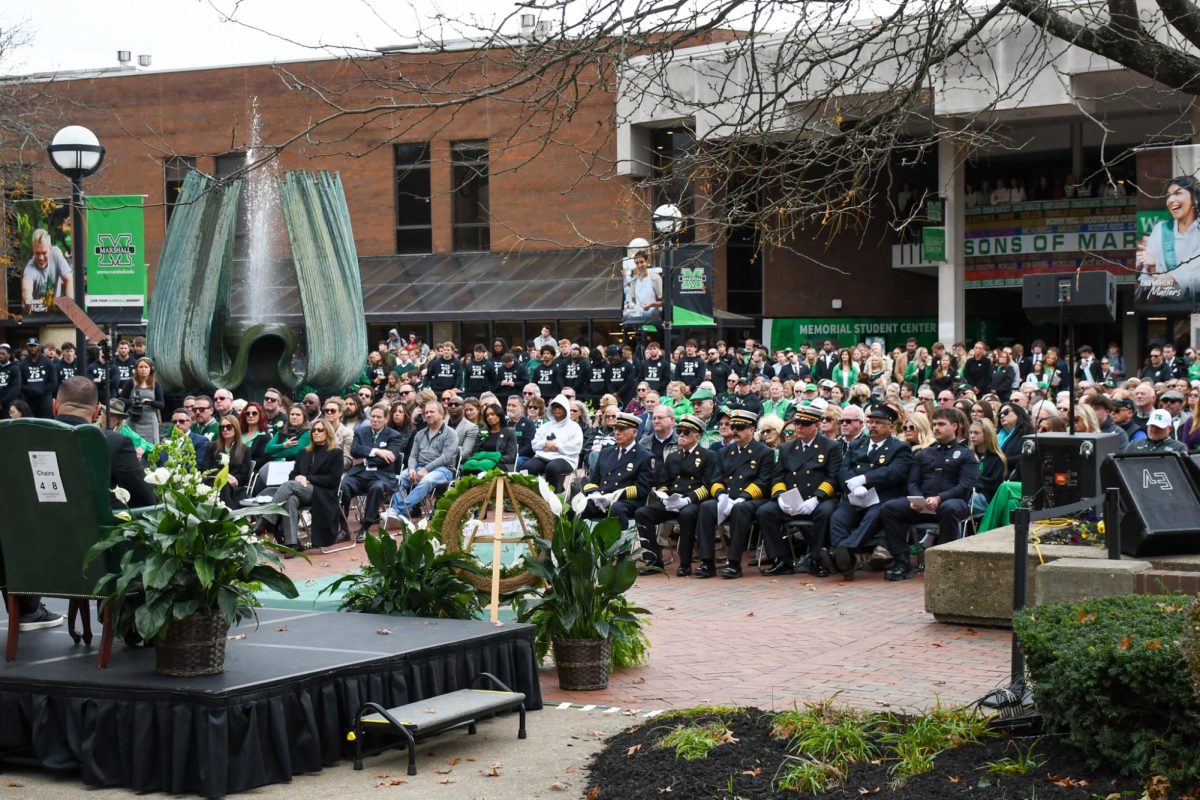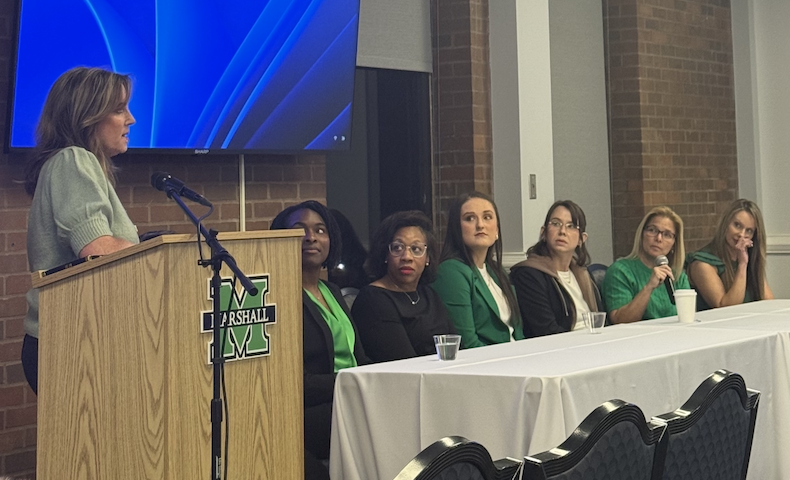The plane crash of Nov. 14, 1970, will forever be a part of Marshall’s history. However, the tragedy did not just affect the community of Huntington, but communities across the nation.
On a warm Alabama afternoon, more than five decades after the plane crash that killed 75 Marshall players, coaches and supporters, the city of Tuscaloosa held a ceremony to gather and to remember four of its own young men that were among the 75 who died: Joe Hood, Freddy Wilson, Larry Sanders and Robert VanHorn, who are known now as the Tuscaloosa Four or in Tuscaloosa known as the Marshall Four.
The ceremony brought together the communities of both Huntington and Tuscaloosa.
The four men are etched deeply into Marshall University’s legacy and now stand in bronze at the rebuilt Benjamin Barnes YMCA in Tuscaloosa, where they grew up.
“These four young men were active in that YMCA, participated in that YMCA,” Tuscaloosa Mayor Walt Maddox said. “We thought this would be an appropriate venue and opportunity to have Caleb O’Connor, a world class sculptor who calls Tuscaloosa home, to do something that really memorialized and celebrated the Marshall Four.”
Maddox said the journey to properly honor the players began nearly 20 years earlier with the release of “We Are Marshall,” which helped bring national attention to the tragedy and the players’ stories.
“It’s important that their story be told for multiple reasons,” Maddox said. “They were coming out of a Jim Crow era here in Tuscaloosa, and because of that, they likely did not have opportunities to play football at a larger university, such as the University of Alabama and other SEC schools in the region, so instead of seeing that as an opportunity lost, they took it as an opportunity gained and were able to earn Division One scholarships at Marshall.”
All four attended Druid High School, an all-Black high school in Tuscaloosa, and despite an undefeated football season in 1968, they only received out of state recruiting letters because Black athletes were not allowed to compete at the University of Alabama or Auburn, the two biggest schools in Alabama. In spite of the segregated rules of the time, all four players received opportunities and accepted to play football at Marshall University. However, they were on Southern Airways Flight 932 that crashed on its way back from Greenville, North Carolina.
Connor Waller, the Marshall student body president, said the unveiling of the Tuscaloosa Four statues was more than a ceremony, it was a homecoming of spirit and memory.
“As a student leader, this was an opportunity to share my love for Marshall University with Tuscaloosa, Alabama, while honoring the memories of the Tuscaloosa Four,” Waller said. “During the ceremony, I was able to offer remarks on behalf of Marshall’s student body, and that is an honor I will forever be humbled by.
“It was pointed out that during a decade in which Alabama Governor George Wallace stood in the schoolhouse door to prevent integration and most southern universities still would not allow African Americans to play on their teams, it was Marshall University that gave these four young men an opportunity to achieve their dreams,” Waller said. “The Tuscaloosa Four were, are and always will be Marshall.”
Maddox said seeing the Marshall family come out and still spend the time to grieve and remember the tragedy 55 years later brings a spirit of unity that prevails, and even though time has passed since the plane crash, Marshall University, Huntington and Tuscaloosa will never forget.
“Tuscaloosa is joining those respective institutions and saying, ‘We’re putting our stake in the ground, and we will never forget as well,’” Maddox said. “The story of Marshall and its rebirth after that tragedy in November of 1970 is something we can all gain from the resiliency and hope being born out of tragedy, So we think these are good stories, especially as this is at the entrance of a center that has 300 plus youth a day from an underserved community. We just felt it was such an appropriate legacy. Everything just kind of came together for this moment.”
“It is my hope that Marshall students can look at the story of the Tuscaloosa Four and see themselves,” Waller said. “These four young men: Joe Hood, Freddy Wilson, Larry Sanders and Robert VanHorn, had dreams just like each of us. While their lives were cut short, they were given an opportunity to chase their dreams during their time at Marshall University. Chase your dreams just like these young men did and find joy in each moment of your life.”
Today, their story stands not only in Huntington, but in Tuscaloosa. They are forever etched in bronze and rooted in memory for every person who pauses to read their names.
Nate Harrah can be contacted at harrah52@marshall.edu.


